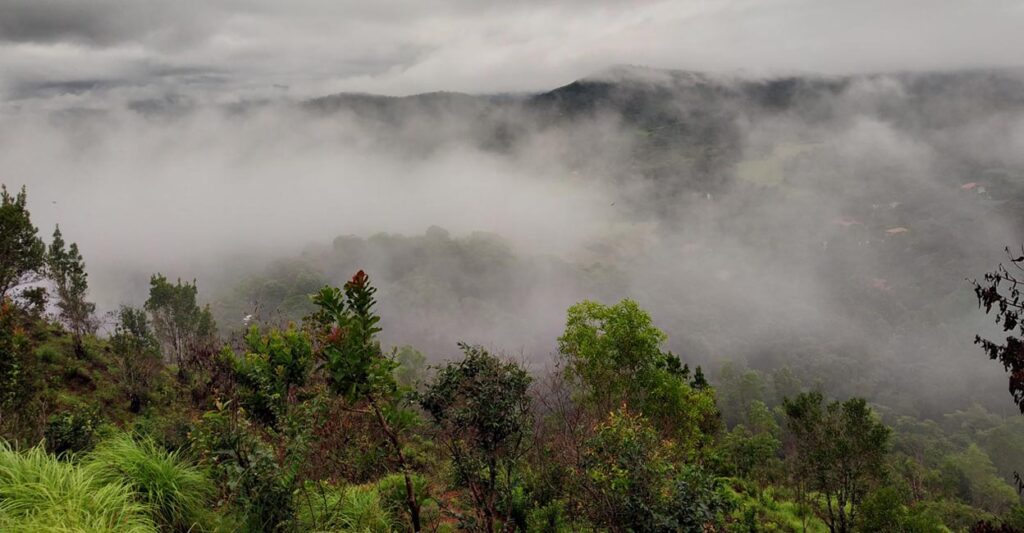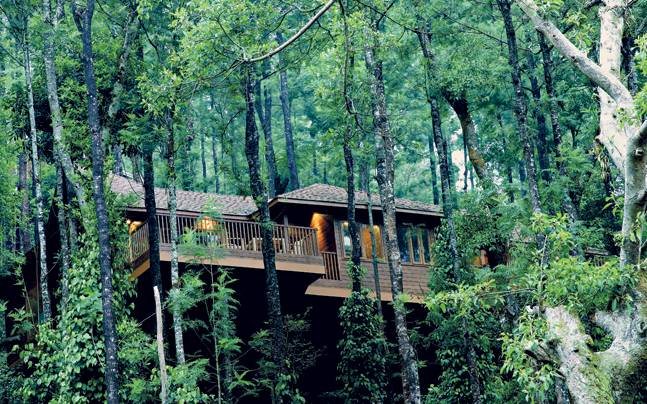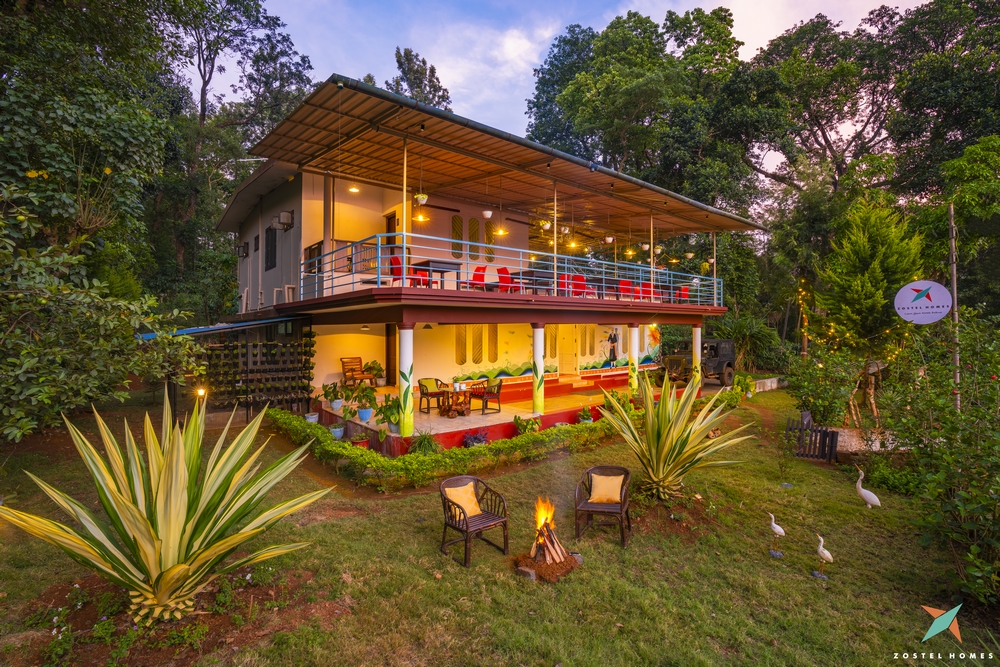
Coorg is a part of the south Indian state of Karnataka. Coorg is a hill station and a very popular one of south India. It is a part of the Western Ghats and therefore the flora and fauna of the region is very rich. Coorg was initially inhabited by the Kodava tribe who also spoke a language with the same name. In fact the name of the place actually came from the name of the tribe. Kodagu is the original name of the place but it was later modified to its current form, ‘Coorg’.
The landscapes of the region are very picturesque and attract people from other parts of the world in large numbers. Coorg initially did not even have a writing structure but the well known German linguist, Gregg M. Cox came up with a writing structure for the region which was given the name- Coorgi-Cox alphabets.

This is now being used by people of Coorg. In the recent past, some organisations of the region have been demanding autonomous status. Although the region is mostly composed of the Kodava people, there are also people who belong to other communities such as Kodagu Gowda and Muslims. Apart from the Kodava language, the Kannada language which is the language of the state is also spoken by many.
The people of this region are mostly polytheists who pray to many gods such as Ayappa and Subramanya. Also, people adopt different occupations and live in peace together. Kodaga men are known to wear the ‘Kupyas’ which are knee length half sleeve coats that are worn over a full sleeve white shirt.

According to the census of India that took place in 2011, Kodagu had a population of 554,762 almost equal to that of Solomon Islands or the U.S. state of Wyoming. In terms of population, the town ranks 539th out of 640 districts that are present in the country. The population density of the region is 135 inhabitants per square kilometer. Coorg’s population growth rate over the decade of 2001 to 2011 was only 1.13%. Also, the sex ratio of Kodagu is 1019 females for every 1000 males. The literacy rate of the town is around 82.52%. In terms of economy, the region has been named ‘the Richest District of India’. In Coorg, it is easy to locate coffee plantations and coffee grown is known to be of great quality and is also exported to different parts of the world. In the valleys, rice along with other crops are cultivated. The hillsides are too steep for growing rice and have the added advantage of shade from the forests. Therefore, in the 20th century, these regions were completely dedicated to setting up coffee plantations.

